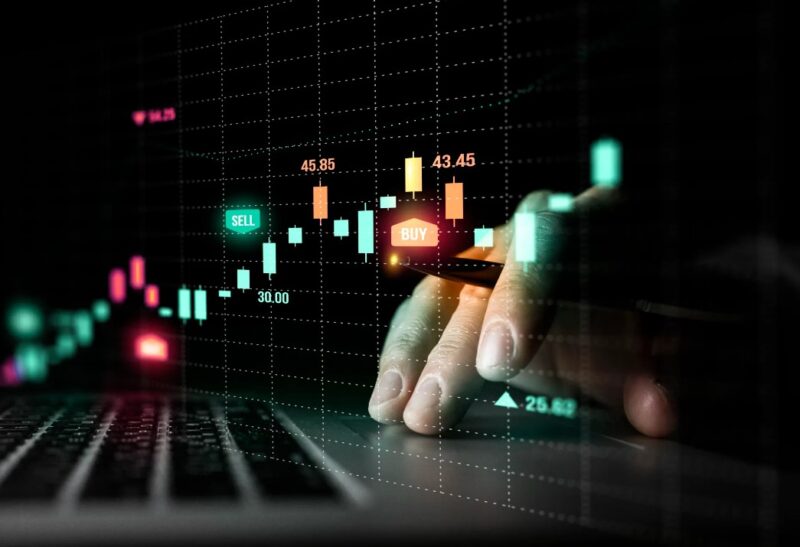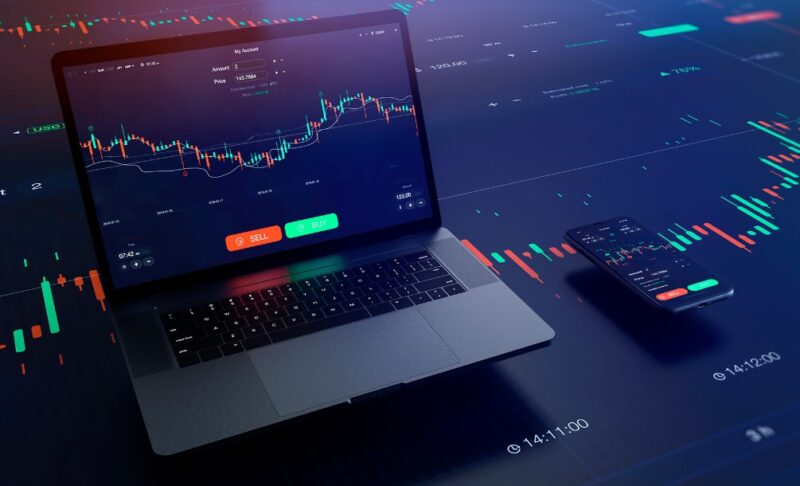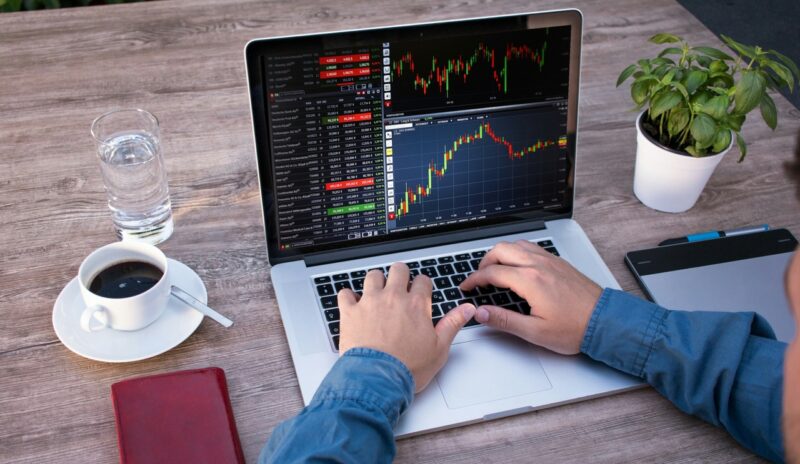Spotting a scam trading platform doesn’t require expert detective skills, but you need to know where to look. Whether it’s suspicious fees or promises of “guaranteed profits,” scammers know how to lure you in. By the end, you’ll know the red flags like a pro. Don’t let scammers have the last laugh!
-
Key Points
- Always verify the platform’s registration and regulation status.
- Review user feedback from trusted forums and sources.
- Beware of high-pressure tactics or promises of risk-free gains.
- Watch for fake endorsements and suspicious terms.
- Avoid giving away personal data too quickly.
1. High-pressure Sales Tactics
Imagine you’re browsing, just trying to figure out where to start. Suddenly, a platform representative starts flooding your inbox with messages pushing for “one-time” investment deals. They even toss in phrases like, “If you miss this, you’ll regret it!” This aggressive tactic is classic. Real platforms let you think it over; only scammers pressure you.
2. Too Good to Be True?

A legitimate platform never promises the moon. Any service that claims “guaranteed” profits or “risk-free trading” deserves a raised eyebrow. Nothing in trading is risk-free. Real markets fluctuate; gains and losses come hand in hand. A realistic platform focuses on responsible investment and transparency, not fantasies of endless profits.
Take Binomo for example. This platform offers a demo account with $10,000 to practice without real risks. It’s ideal for beginners needing a trustworthy space to learn. Don’t just go for any platform; opt for ones that allow for testing before committing.
3. Fake Endorsements and Celebrity Pitches
Scam platforms often use photos of celebrities or influencers who supposedly “made millions” on the service. From flashy ads to social media posts, they go all out to look legitimate. But when you dig a bit, it’s clear: the endorsements are false. A quick search reveals no real ties between these figures and the platform.
4. Transparency in Fees and Withdrawals
Nothing screams “scam” louder than a platform that hides fees or makes withdrawals a nightmare. Legitimate services spell out all transaction costs clearly. If hidden fees or sketchy payment procedures keep popping up, beware. They’re not just inconvenient; they could drain your funds faster than you can say “scam.”
Example of Common Hidden Fees and Transparency:
| Fee Type | Legitimate Platforms | Scam Platforms |
| Transaction | Stated upfront | Vague or missing |
| Withdrawal | Clear process | Delayed or blocked |
| Commission | Defined percentage | Varies randomly |
5. Poor User Feedback

User feedback is your best friend here. Scam platforms often drown their profiles in fake five-star reviews, but genuine reviews pop up in trusted forums. If you see consistent complaints about withdrawals, unhelpful support, or disappearing funds, take that as your sign. Real users tend to voice frustration openly, and it pays to listen.
6. Demands for Personal Data
Legit platforms request basic information. Scammers? They’ll ask for unnecessary details. Platforms that demand personal info upfront, like ID or bank details before even allowing you a demo, raise immediate red flags. Always start with the minimum information until you’re sure it’s safe.
7. Shady Regulations
Most reputable trading services comply with regulatory authorities. But scams avoid this. They often claim they’re based in remote regions to dodge oversight. An easy check on the regulator’s website should confirm if they’re legit. If they dodge your inquiries or fail to show licensing, keep your distance.
8. Customer Service Nightmare
Scams usually reveal their colors in customer service. Can you reach a real person? Real platforms provide reliable support that addresses your questions without delay. Scammers, though, often vanish when there’s a problem. If you get no response or a chatbot on repeat, you’re likely dealing with a scam.
9. Terms and Conditions That Don’t Add Up

Finally, look through the terms. Scam platforms tend to have vague, contradictory, or overly complicated conditions. If the terms read like a confusing maze or have strange clauses that give the platform total control over withdrawals, think twice. Legit services keep things straightforward.
FAQs
1. How can I check if a platform is regulated?
Go to the website of the financial authority in your country and search for the company’s name. Most platforms list their registration details on their websites.
2. What if I see celebrities promoting a platform?
Do some research. Scams often use fake endorsements without permission. A quick search will usually reveal if it’s real or just marketing tactics.
3. Can I get my money back if it’s a scam?
Sometimes, but it’s tough. Reporting to authorities helps, but avoid falling into this situation by researching first.
4. Why do some platforms offer huge bonuses?
Scams lure users with promises of easy profits through bonuses. Genuine platforms rarely do this; they prefer responsible onboarding.
5. How much information should I give when signing up?
Only the basics. If the platform asks for ID and banking details before letting you try it out, be cautious.
Wrapping Up
You don’t have to lose money or sleep to a scam. Look for transparency, realistic promises, and authentic user feedback. A trustworthy trading service doesn’t hide fees, skip regulations, or bombard you with pressure. Stick to services like Binomo, where you can learn with no real risk through a demo account. Stay sharp, trust your gut, and keep your money safe from those who might play foul.


